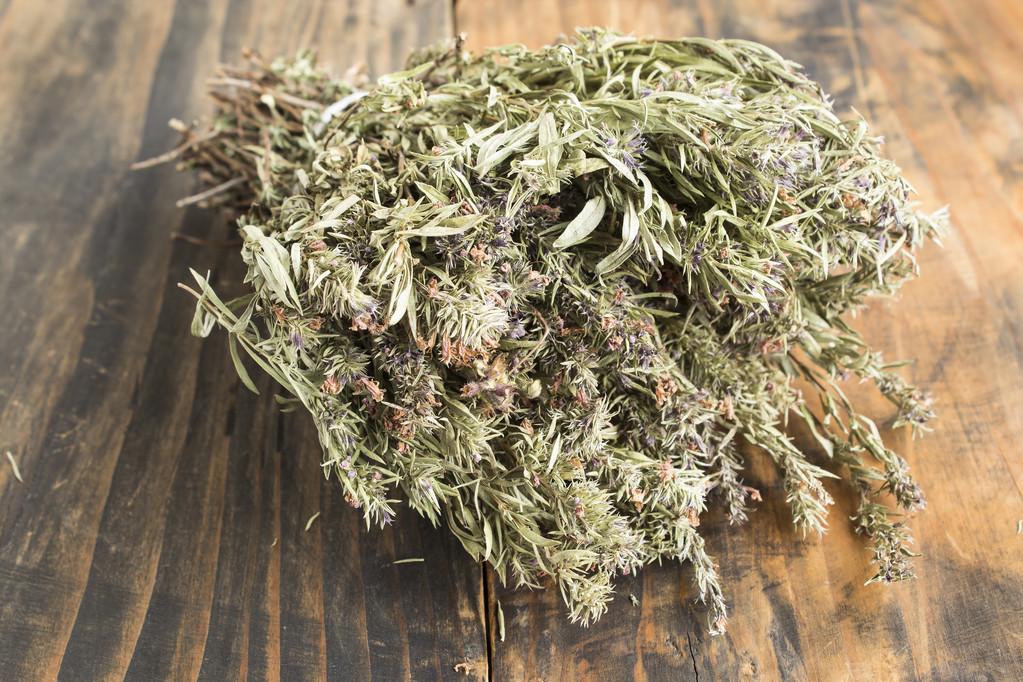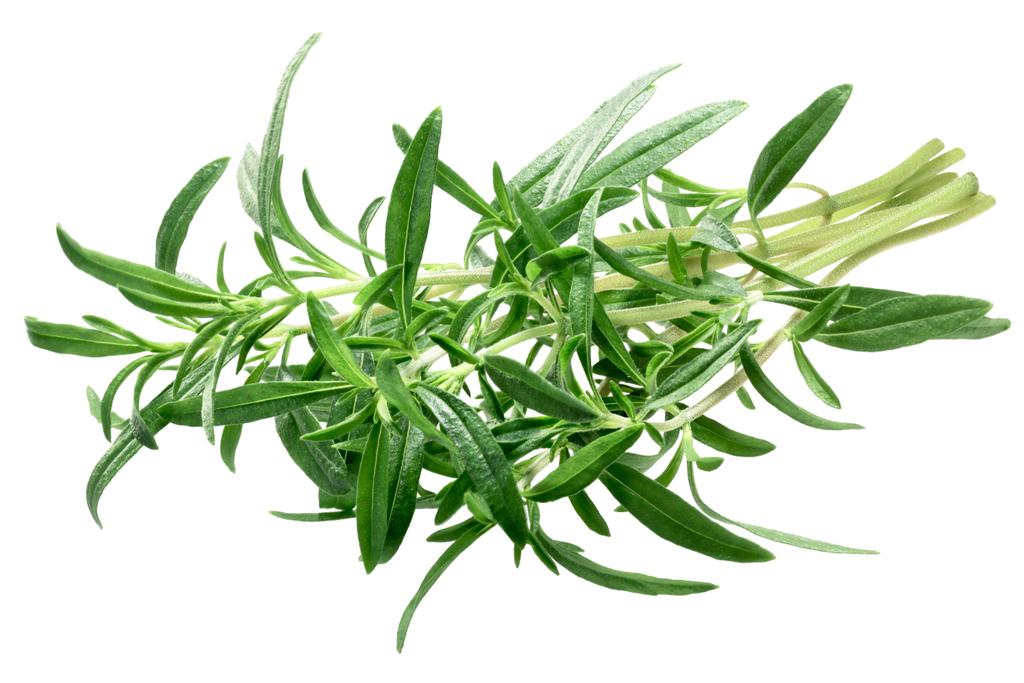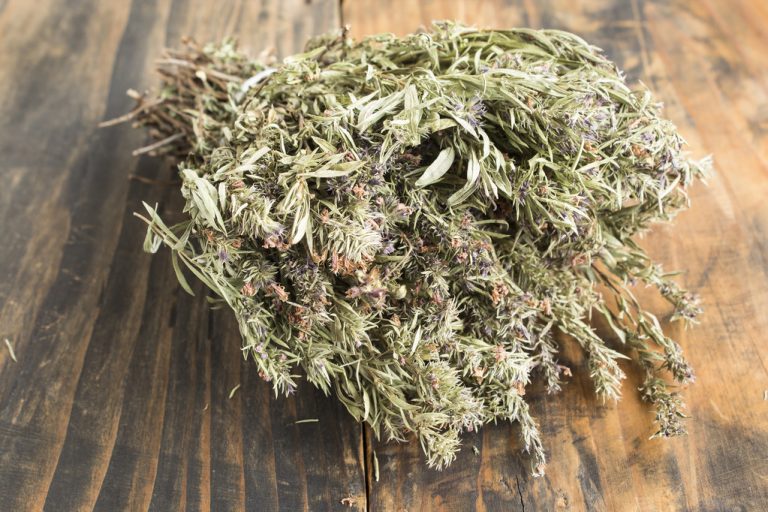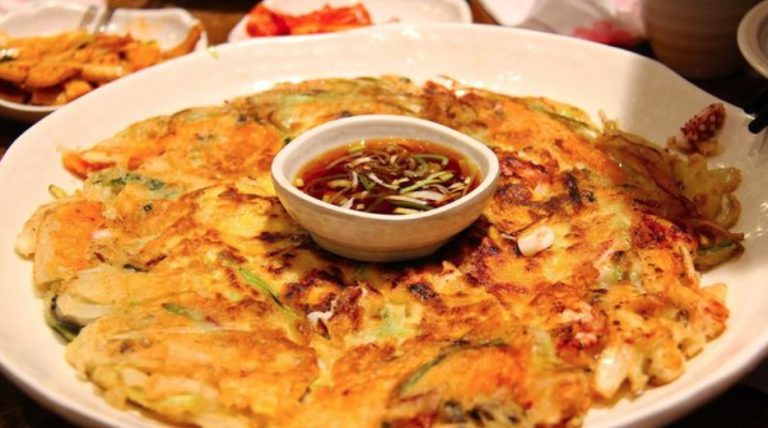You can easily plant savory in your garden or on the balcony. The kitchen herb is very aromatic and impresses with its intense smell. Here you can find out what you have to consider when growing and using savory.

Savory and its effects
The genus of savory herbs includes about 40 different species. They all belong to the mint family. The best known are summer savory (Satureja hortensis) and winter savory
Savory is rich in valuable ingredients, including:
essential oils
tannins
flavonoids
The substances are said to have a positive effect on digestion, which is why savory is traditionally used to flavor foods that are difficult to digest. Although the herb is rarely used as a medicinal plant today, it has many positive effects on the body. As a 2018 study on summer savory shows, the plant’s properties include:
antibacterial
antioxidant
anti-cancerous
antiparasitic
savory in your garden
Summer savory is an annual plant that reaches a height of about 55 centimeters. The more robust mountain savory is hardy and can become biennial or perennial. It grows up to 70 centimeters. The plants bloom from July to October. The scent of the flowers attracts bees
If you want to enjoy the intense savory for longer, you should opt for the perennial winter savory. Otherwise, the cultivation of both varieties is very similar.
Location:
Savory needs a light and warm location.
The soil should be water-permeable and slightly calcareous. Savory is sensitive to waterlogging. If the soil is clay-like and firm, you should loosen it up with some sand first.
You can grow both summer and winter savory in the garden or in a pot. Make sure the pot is big enough for the herb.
Sowing:
Savory belongs to the light germs. The seed therefore needs a bright place to germinate. The windowsill is ideal.
From April you can start seedlings indoors. To do this, press the seeds lightly onto the potting soil so that they get enough light.
From the end of May you can also sow savory directly outside. Here, too, it is sufficient to press the seeds slightly into the soil. They should not be completely covered.
Make sure that the distance between the individual plants is at least 20 centimeters. Savory grows voluminously and needs enough space to thrive.
Alternatively, you can also buy cuttings.
Care:
Savory is used to nutrient-poor soils. That’s why you should only fertilize the soil with organic fertilizer once a year in the spring
It is advisable to occasionally enrich the soil with lime.
Summer savory requires little water and can withstand longer periods of drought. You should definitely not water the plants too much. It is best not to water savory until the soil is two centimeters dry.
Put perennial savory in pots indoors in a cool room in winter.
It is best to prune perennial savory in spring to encourage bushy growth.
Harvest:
In principle, you can harvest savory all year round. However, the intensity varies. Young shoots are significantly milder, while the older ones, especially perennial winter savory, are very tart.
The taste of the herb is most intense just before flowering. This starts between July and August, depending on the weather conditions.
Since the flowers are also edible, you can also harvest and use savory while it is in bloom.
Simply trim the branches with secateurs as needed.
Storing savory: this is how it works
You can process savory fresh immediately after harvesting. If the harvest is particularly plentiful, it is advisable to preserve the herb.
Unlike many other herbs, savory doesn’t lose its flavor when you dry the plant. On the contrary, properly dried, the taste can even be intensified.
You can pull the annual summer savory completely out of the ground and hang it with a thread in a shady place to dry
For winter savory, use only the young sprouts to dry while leaving the older, woody ones. Tie the shoots together with string and hang them in a shady, dry place. You should avoid direct sunlight during this phase
When the savory has finished drying, the leaves can be easily removed from the stem and you can fill them into a screw-top jar. You should store savory in a dark and dry place
Alternatively, you can freeze savory. Wash the herb thoroughly and then pat it dry. You can pack the whole sprouts in a jar or cotton bag to avoid plastic waste and freeze the herb that way.

How to use savory in the kitchen
Savory is particularly popular in French cuisine. No wonder: the herb is versatile and goes well with countless dishes.
The name is program. Hardly any herb harmonizes so well with beans. Whether with bean salad or a fresh bean pan, savory is guaranteed to go well.
The herb is particularly suitable for various potato dishes, from wedges to potato gratin or a classic potato soup.
You can also refine cabbage dishes or legumes such as peas or lentils with savory. Its digestive action is an added benefit.
Savory is an excellent ingredient for homemade herb butter or herb quark
Traditionally, meat dishes such as lamb or fish dishes are also seasoned with savory.
Savory has a very intense taste. Therefore, you should use it sparingly and taste it. So that the taste is not lost, you should not cook the kitchen herb for too long. The taste of savory harmonises with various Mediterranean herbs such as thyme, sage or rosemary.
In the kitchen, summer savory is more often used. Although in principle both types are suitable for this. The winter savory tastes a little more intense and is therefore used more as a tea. Because of its anti-inflammatory properties, it is ideal as a home remedy for coughs.







